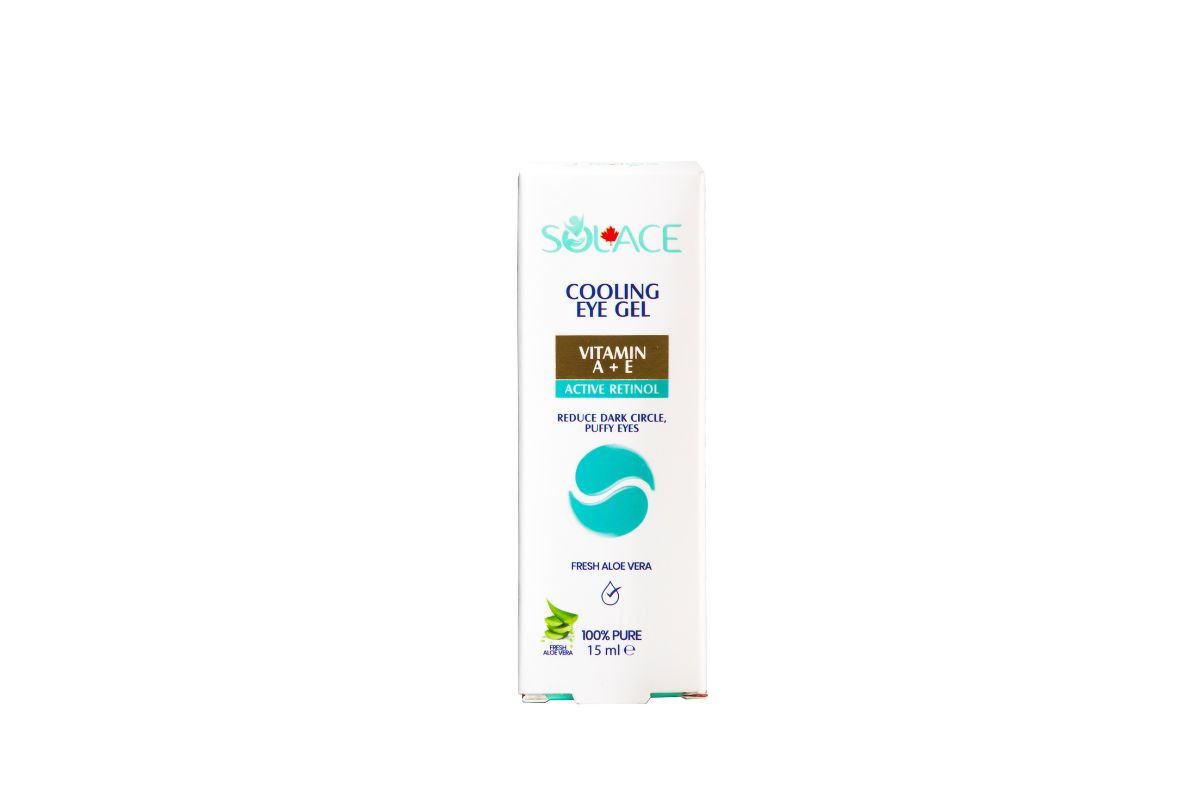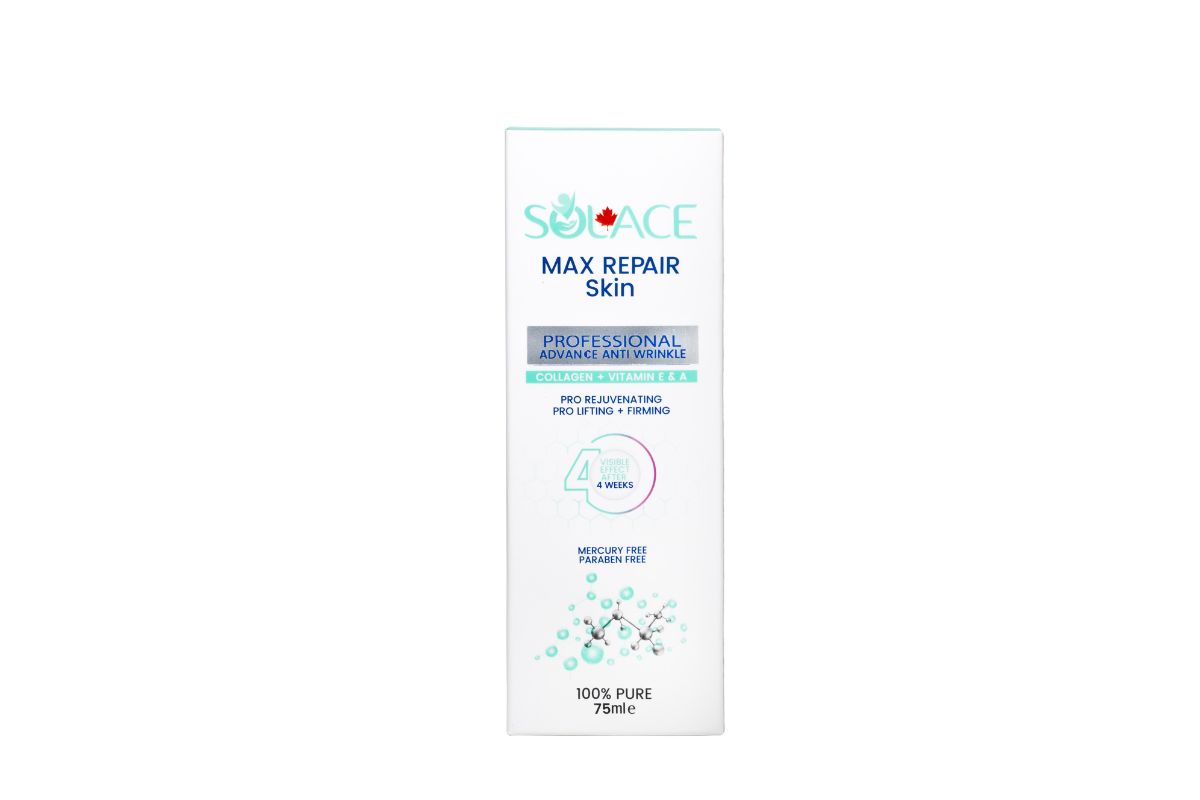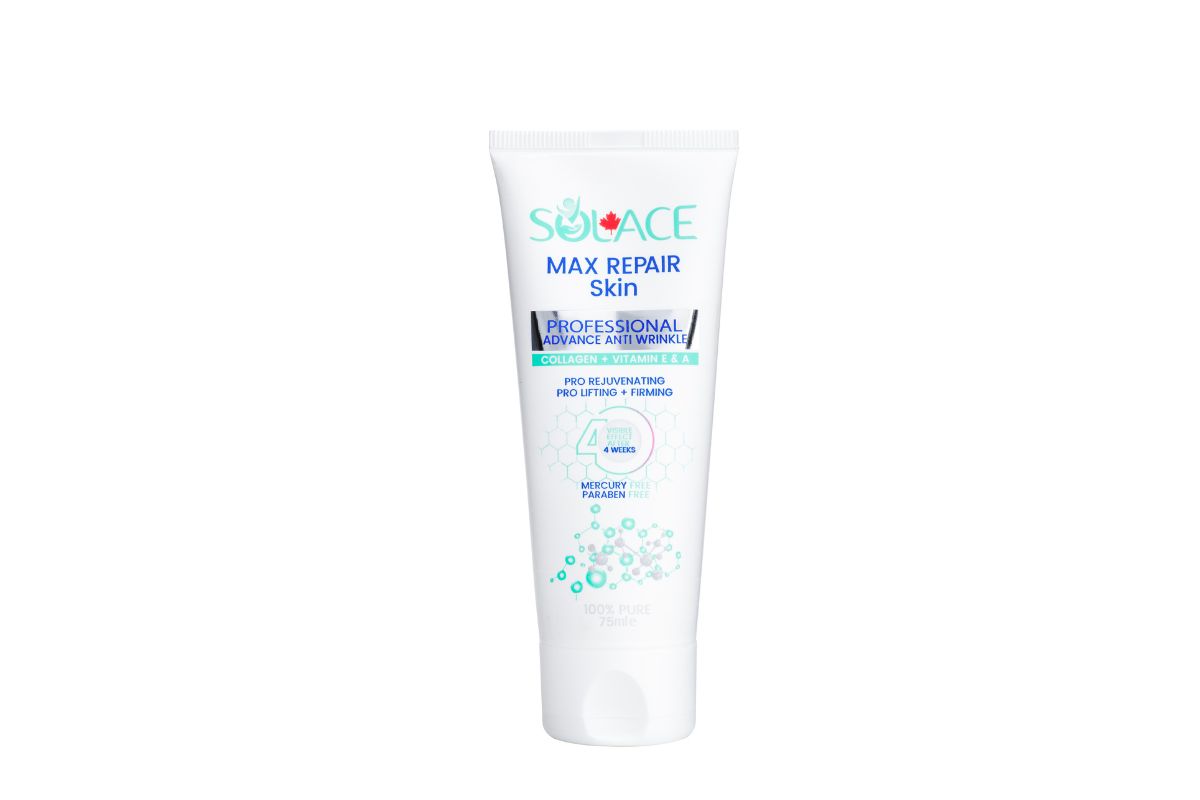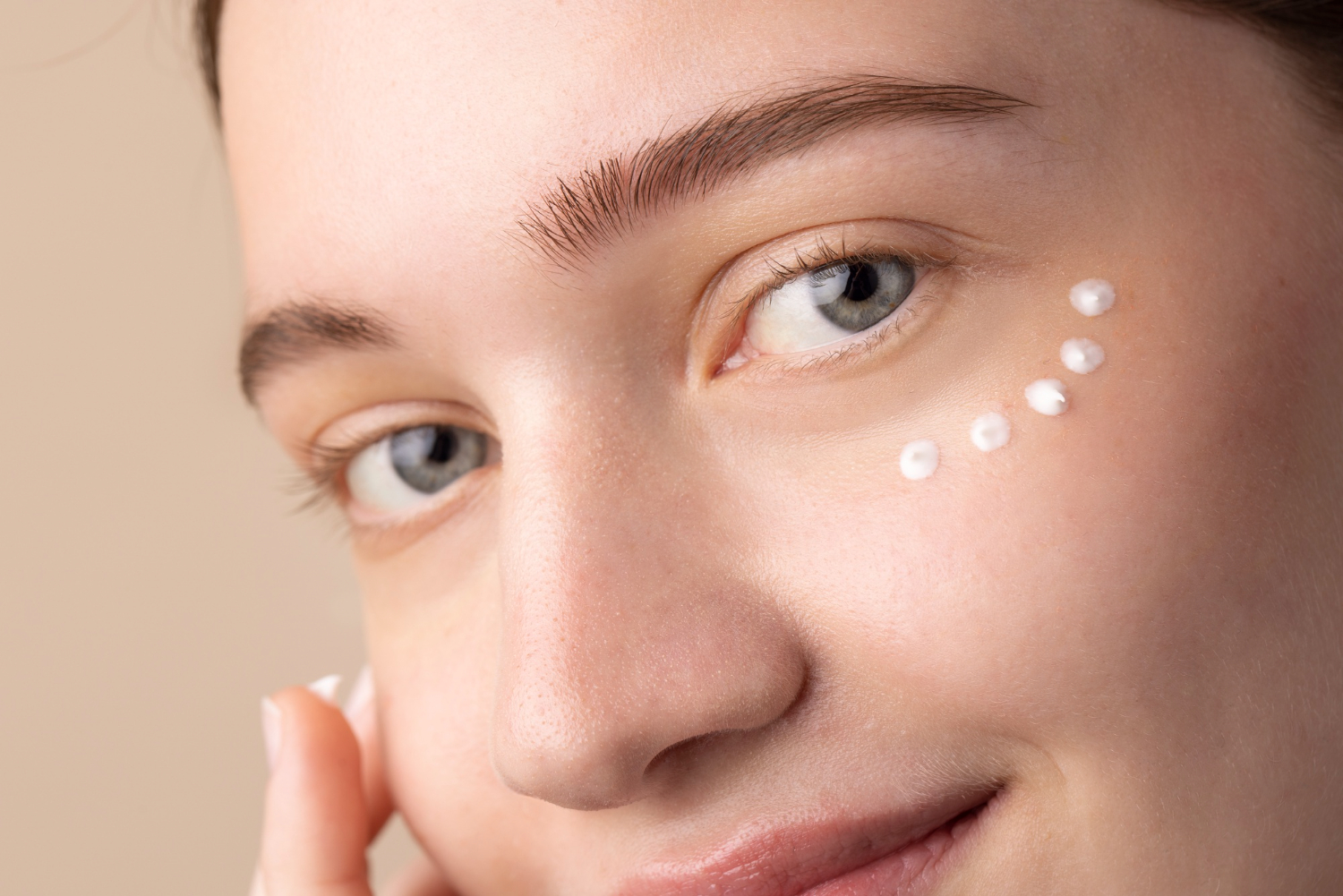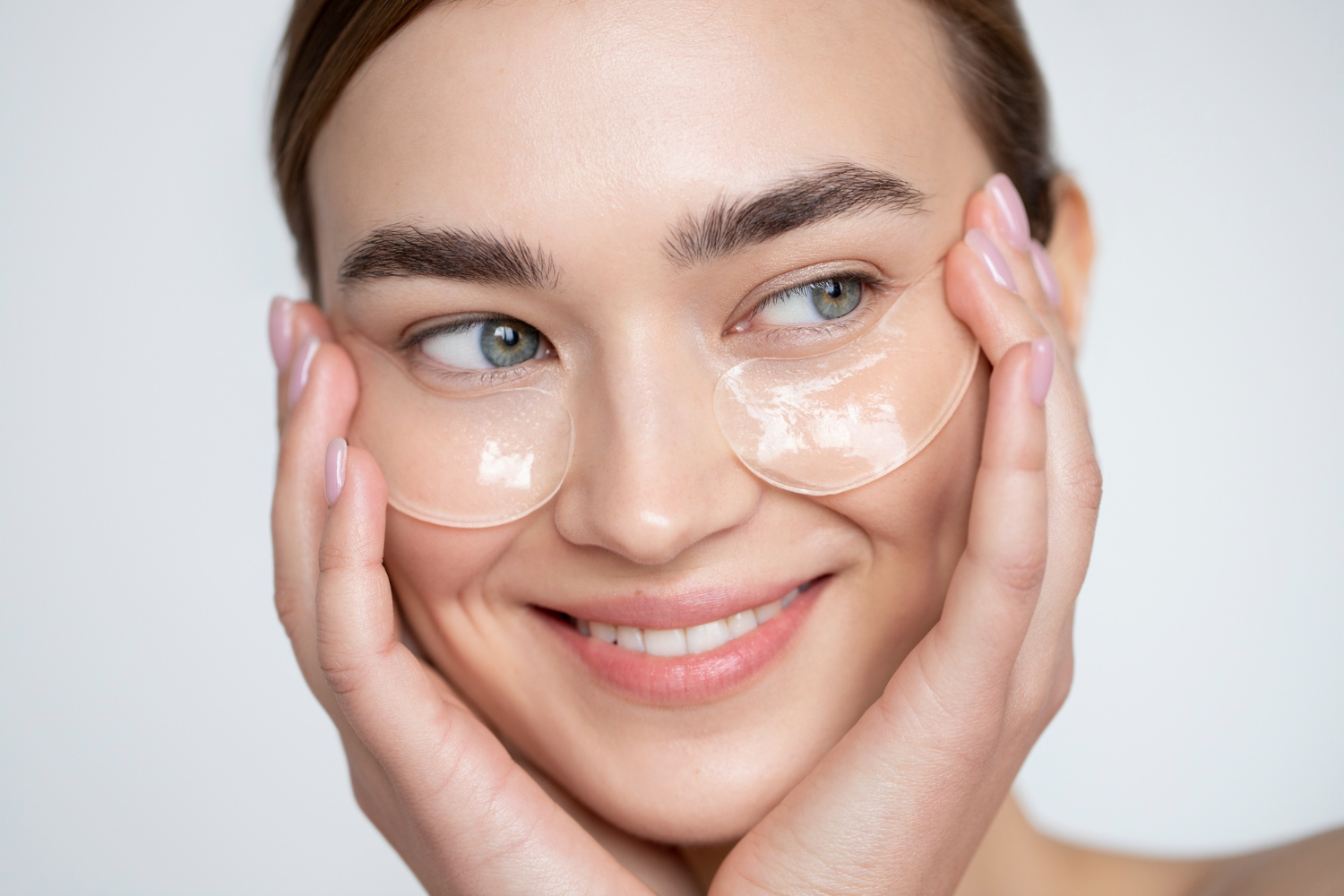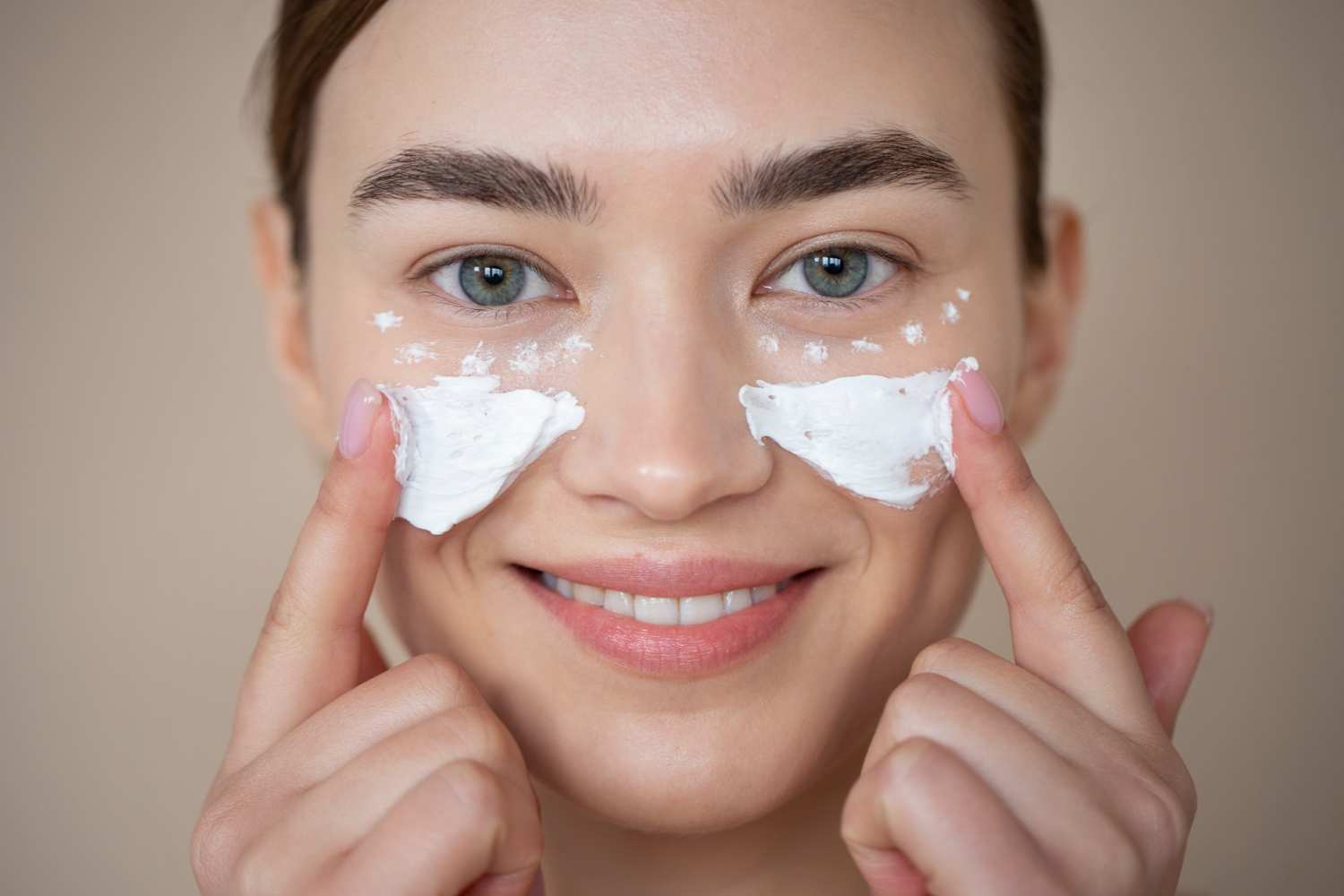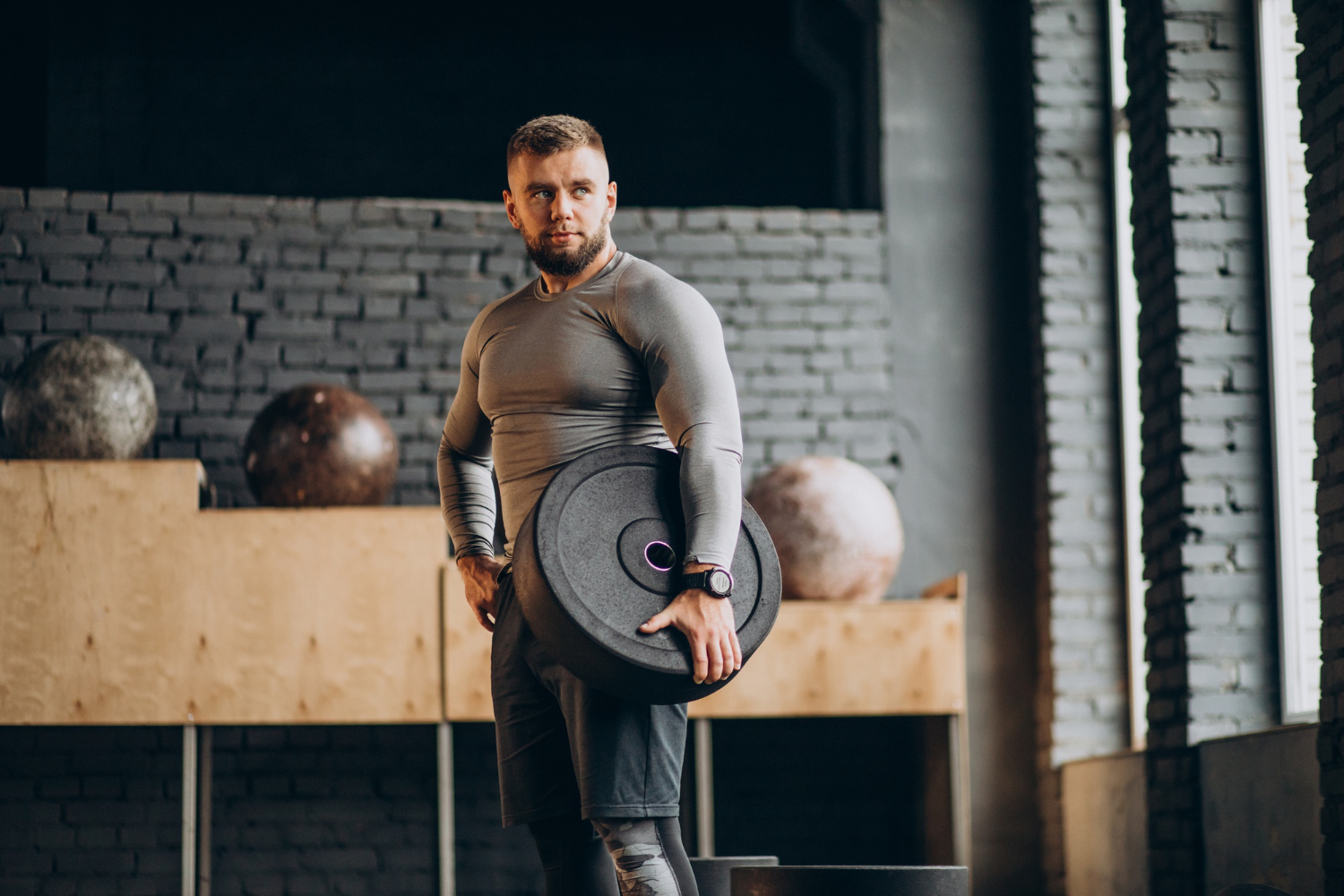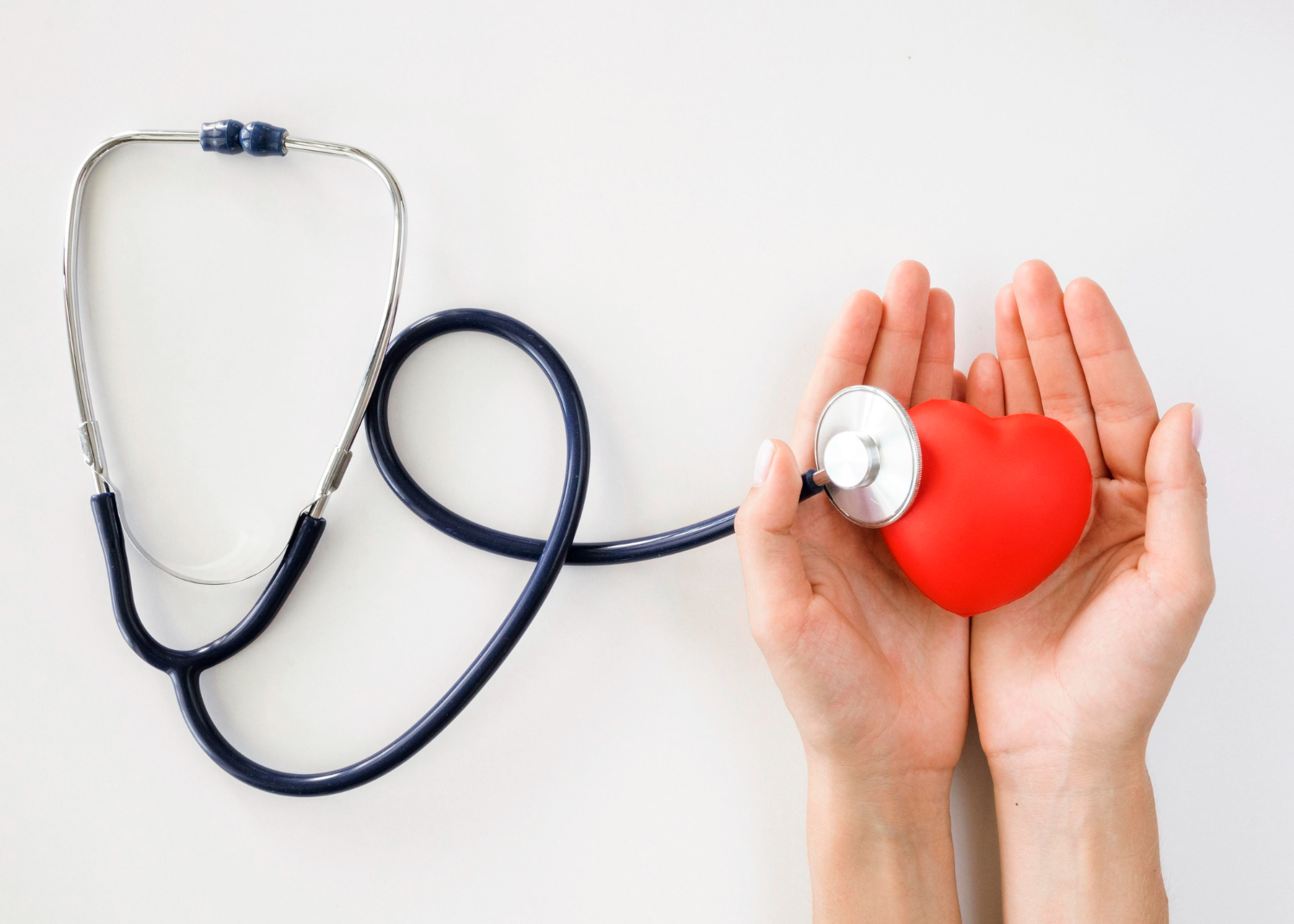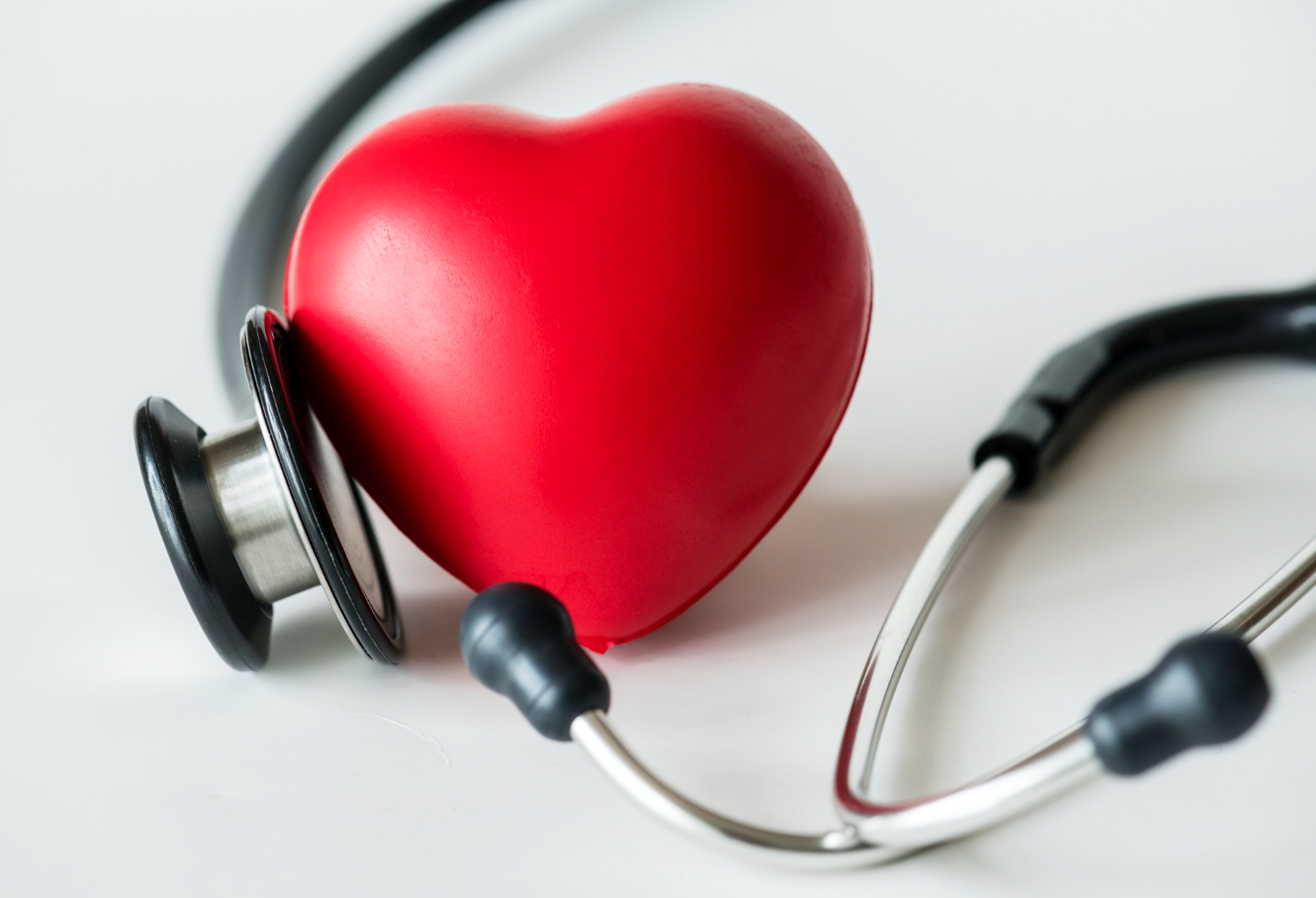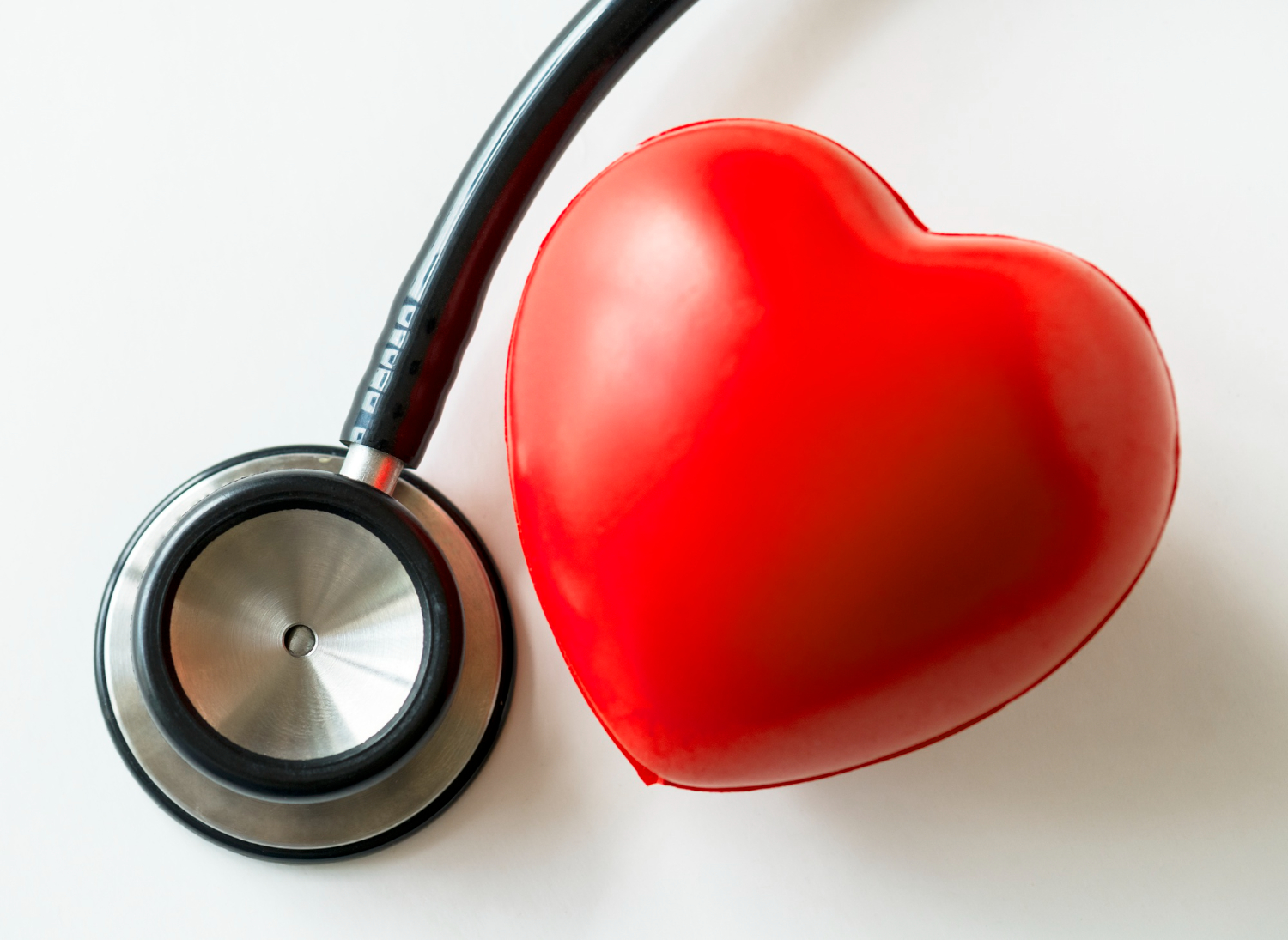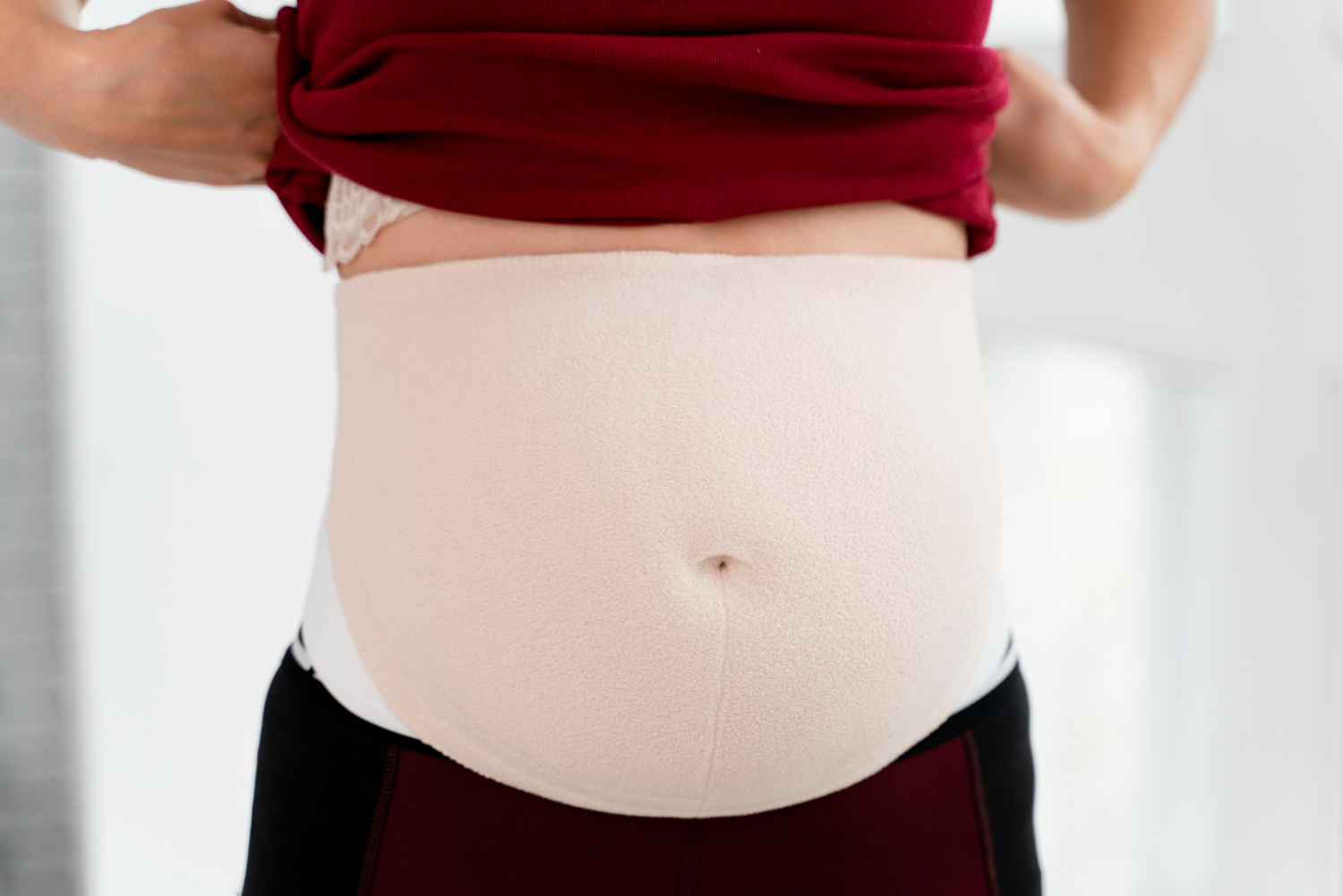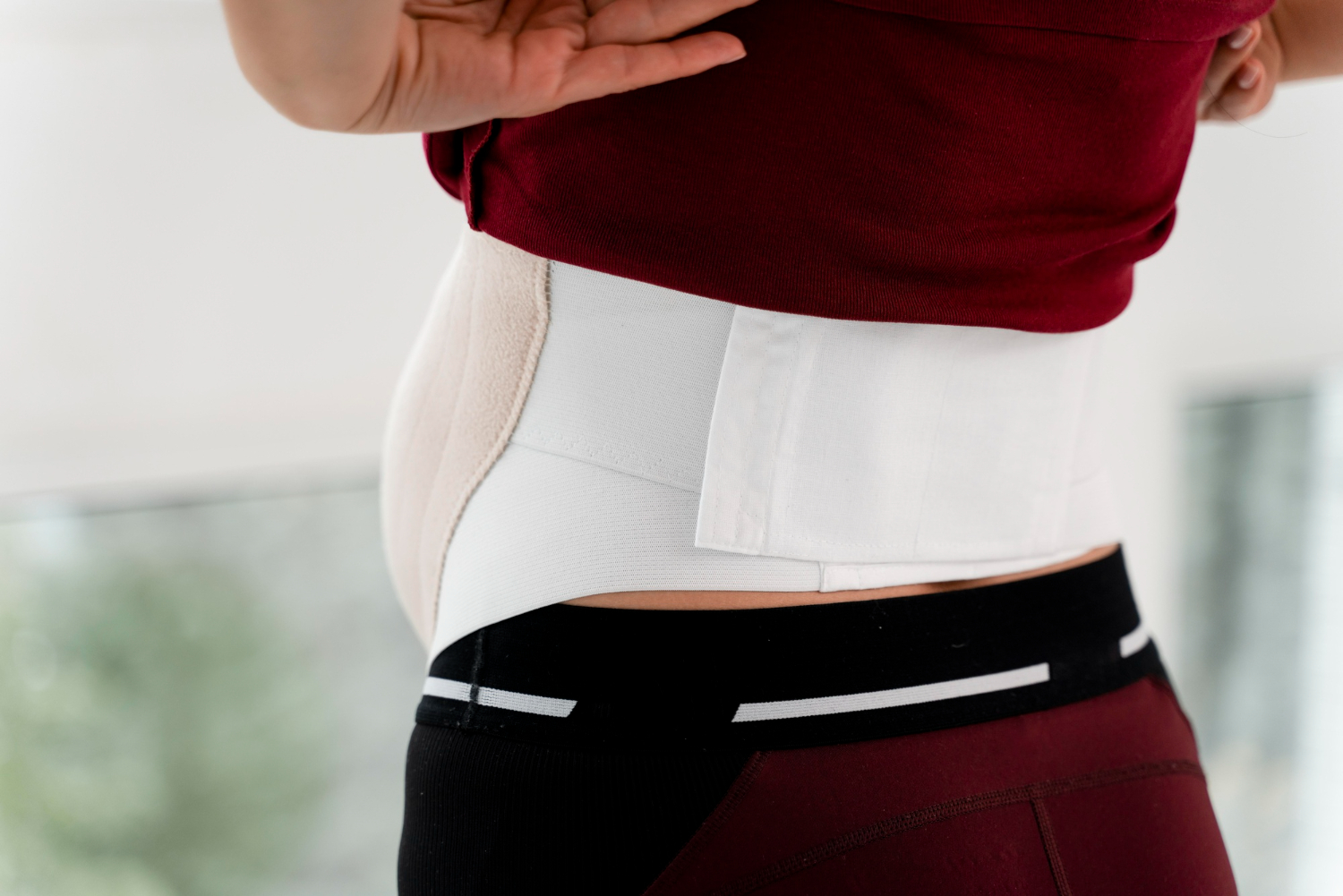Solace Cooling Eye Gel
When Your Eyes Reveal More Than Words
Has it ever happened that someone looks at you and, before you even speak, says: “You look tired, don’t you?” The secret isn’t hidden in your tone of voice or your choice of outfit; it lies in the most silent yet revealing area of all: the skin around your eyes. Puffiness, dark circles, fine lines, and fatigue… they show up exactly where no smile can disguise them.
The good news is that just as the eyes are the first to reveal tiredness, they can also be the first to restore vitality. That’s where Solace Cooling Eye Gel comes in, not as just another eye gel, but as an invisible helping hand: gently waking you up in the morning and standing guard like a loyal companion at night.
The Eye Area: A Mirror of Truth
The skin around the eyes is structurally different from the rest of the face. It’s about one-third as thin as other areas, which means even the slightest change shows up immediately. A single restless night or a few stressful days, and the first signs appear right around your eyes:
- Lack of sleep makes dark circles more visible.
- Chronic stress shows up as fine lines.
- Poor diet or excess salt and caffeine cause puffiness.
- Pollution and sun exposure lead to dullness and sagging.
To make matters more delicate, this area contains very few oil glands, making it prone to dryness and moisture loss. That persistent dryness is a major factor in premature wrinkles. This is why dermatologists emphasize that caring for the eye area isn’t a luxury; it’s an essential part of daily skincare.
Cooling Effect: From Surface Comfort to Deep Repair
Solace Cooling Eye Gel delivers far more than a fleeting cooling sensation. Its multi-layered cooling action works on different levels, each contributing to healthier, fresher-looking skin around the eyes:
1- Immediate Surface Cooling
- Instantly lowers skin temperature upon application.
- Relieves heat and inflammation, leaving the skin soothed.
- Particularly beneficial for those exposed to heat or pollution, offering a quick “reset” for tired skin.
2- Capillary Constriction to Reduce Puffiness
- Cooling triggers the narrowing of tiny blood vessels.
- This directly reduces morning puffiness or swelling caused by sleepless nights and salty foods.
- Works like a precise, controlled cold compress for the eyes.
3- Boosted Circulation and Oxygen Supply
- After the initial constriction, microcirculation improves.
- Brings fresh blood and oxygen to skin cells.
- Helps diminish dark circles caused by sluggish blood flow beneath the surface.
4- Relieving Muscle Tension Around the Eyes
- Hours spent on screens tighten eye muscles.
- Cooling acts like a gentle massage, releasing built-up tension.
- Leaves eyelids feeling lighter and reduces eye fatigue.
5- Strengthening the Skin’s Protective Barrier
- Cooling combined with hydrating ingredients fortifies the skin’s defense.
- Enhances moisture retention and shields against dust, pollution, and makeup.
6- Psychological and Mental Refreshment
- Lowered skin temperature sends a calming signal to the nervous system.
- Users often describe the sensation as mentally refreshing, similar to sipping cool water on a hot summer day.
7- Lasting Benefits with Daily Use
- Consistent cooling makes the skin less prone to puffiness and dark circles.
- Gentle daily massage improves flexibility of the eye muscles.
- This not only rejuvenates your look but also helps delay early signs of aging.
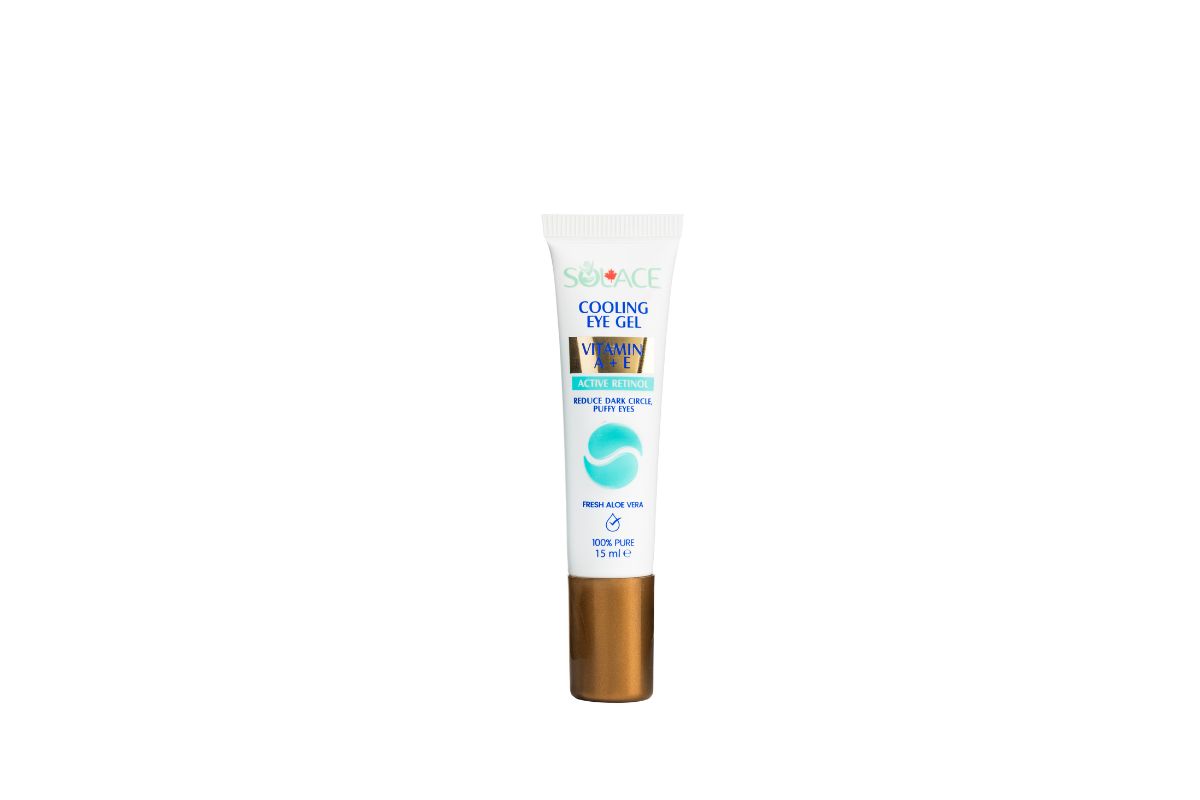
A Blend of Nature and Science: The Core Ingredients
- Retinol in Solace Cooling Eye Gel gently encourages collagen production; like a kind mentor guiding growth with patience and care.
- Lavender acts as the trusted old friend who calms redness and inflammation with a reassuring, “Relax, I’m here.”
- Shea Butter is the loyal protector that locks in moisture and prevents skin dehydration.
- Aloe Vera works like a refreshing summer breeze, delivering instant cooling relief.
- Vitamin E stands as a shield, supporting the delicate blood vessels beneath the skin.
- Castor Oil quietly nurtures lashes and eyelids, strengthening them over time.
When You Need More Than Just a Gel
Sometimes Solace Cooling Eye Gel goes beyond skincare; it becomes a solution for life’s daily challenges:
- After hours of heavy makeup, when your skin craves room to breathe.
- During seasonal allergies or sudden insect bites that irritate the eye area.
- Following an all-nighter before an exam, when you’re searching for freshness in the mirror.
- In the middle of a stressful day, when you rise from your desk with a tension headache and long for instant relief.
- Or even when fine lines appear on your forehead, etched by repeated frowns.
In each of these moments, Solace isn’t just a gel; it’s a brief experience of care, cooling, and reconnection with yourself.
How to Use This Little Companion
The secret to unlocking the full potential of Solace Cooling Eye Gel lies in how you apply it:
- Cleanse the skin around your eyes.
- With your ring finger (which applies the least pressure), take a small amount of gel.
- Gently tap it onto the skin until absorbed.
- Repeat morning and night.
Over time, you’ll notice how these few seconds of daily ritual can have lasting effects on your complexion and your confidence.
Why Solace?
Solace is more than just a brand name. Behind it lies a simple yet profound philosophy: skincare should be scientific, safe, and deeply attuned to real human needs. We believe skin is not merely a physical layer; it’s part of your identity and emotional state.
That’s why products like Solace Cooling Eye Gel are designed with a purpose greater than solving a superficial concern. This gel gives your skin the chance to repair itself, restores brightness to your gaze, and offers you a sense of calm that’s easy to lose in the rush of daily life.
Final Thoughts
Your eyes are the first thing people notice—and the first to reveal fatigue and the passage of time. Left uncared for, these signs grow stronger day by day. But with proper care, your eyes can reflect years of youthfulness, vitality, and confidence.
Solace Cooling Eye Gel helps you decide which secret your eyes reveal at first glance: tiredness—or radiance.
References
6 Shea Butter Benefits for Skin
Vitamin E in dermatology – PMC
Anti-inflammatory effect of lavender


